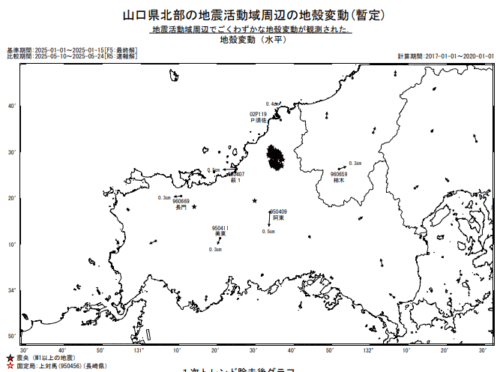2025-06-09 ニューヨーク大学 (NYU)
<関連情報>
- https://www.nyu.edu/about/news-publications/news/2025/june/anthropologists-map-neanderthals–long-and-winding-roads-across-.html
- https://journals.plos.org/plosone/article?id=10.1371/journal.pone.0325693
エージェントベースシミュレーションにより、西ユーラシアから東ユーラシアへの第二次ネアンデルタール人の拡散には複数の急速な北進ルートがあった可能性が明らかになった Agent-based simulations reveal the possibility of multiple rapid northern routes for the second Neanderthal dispersal from Western to Eastern Eurasia
Emily Coco ,Radu Iovita
PLOS One Published: June 9, 2025
DOI:https://doi.org/10.1371/journal.pone.0325693
Abstract
Genetic and archaeological evidence imply a second major movement of Neanderthals from Western to Central and Eastern Eurasia sometime in the Late Pleistocene. The genetic data suggest a date of 120−80 ka for the dispersal and the archaeological record provides an earliest date of arrival in the Altai by ca. 60 ka. Because the number of archaeological sites linking the two regions is very small, the exact route taken and its timing have been the matter of considerable debate. In particular, climate change in this period modified landscapes considerably, changing the cost of moving in different directions. Here, we apply agent-based least-cost path simulations for the first time to Neanderthals, showing that they most likely took a northern route through the Urals and southern Siberia under all climate scenarios. Agents leaving either the southern or the northern Caucasus Mountains reach the Altai in less than 2000 years during two time windows when the climate was mild, in MIS 5e (the Last Interglacial) and in MIS 3. The latter coincides with the dated presence of Neanderthals at Chagyrskaya and Okladnikov Caves in the Altai. The results of this modeling approach demonstrate a remarkable east-west geographic connectivity of northern Eurasia via river corridors despite the presumed barriers of the Ural Mountains and major north-south flowing rivers. Our results highlight the unique strengths of agent-based simulations to reconstruct pathways for ancient migrations.



